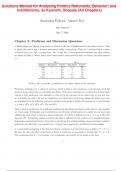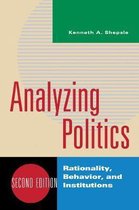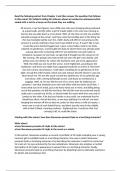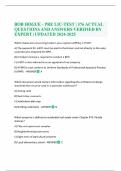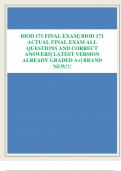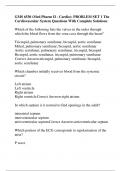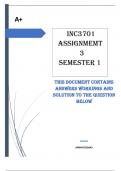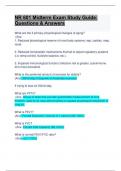Exam (elaborations)
Solutions Manual for Analyzing Politics Rationality, Behavior, and Instititutions, 2nd Edition By Kenneth, Shepsle (All Chapters) Complete Guide A+
- Course
- Institution
- Book
Solutions Manual for Analyzing Politics Rationality, Behavior, and Instititutions, 2nd Edition By Kenneth, Shepsle (All Chapters) Complete Guide A+
[Show more]
